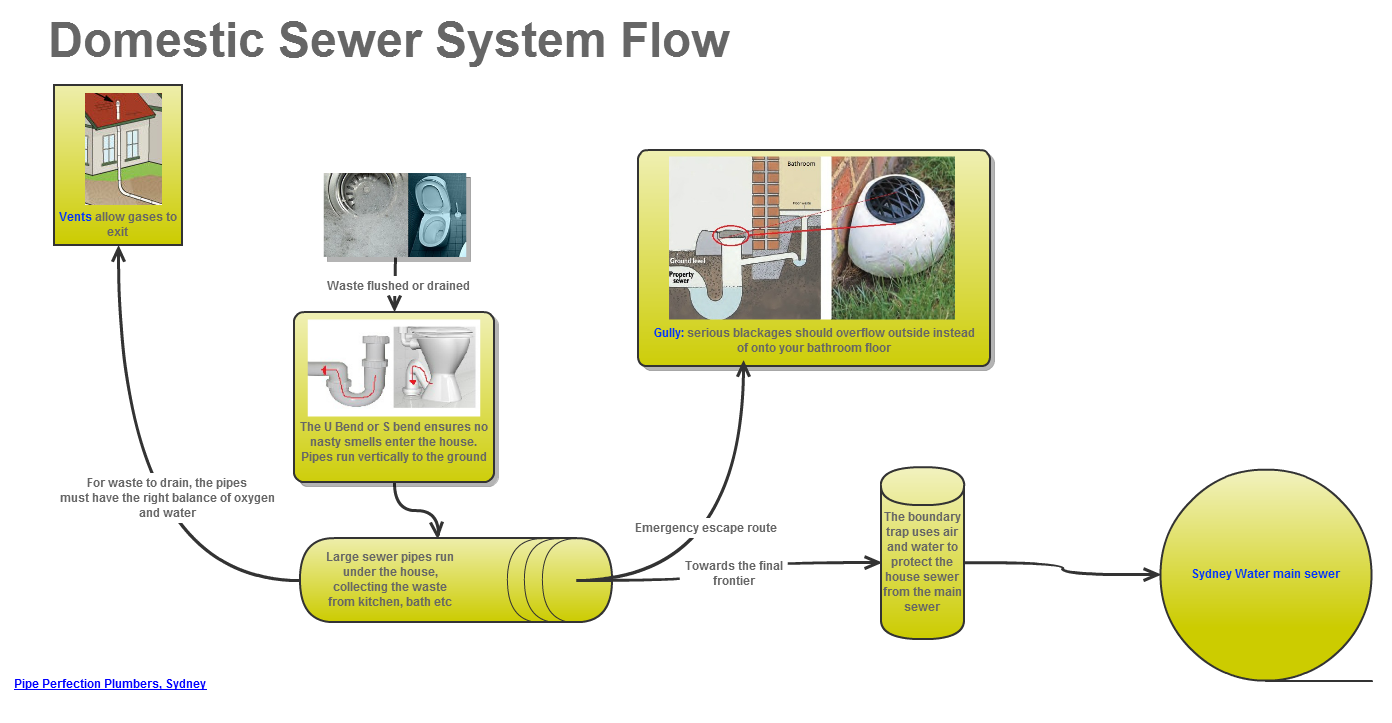Is a drain, pipe, shower, toilet or sink blocking up at your home? It’s a common occurrence especially in the older homes of the inner west and eastern suburbs of Sydney. We’re expert blocked drain plumbers, so in this and the following posts will cover why this happens and how to handle and prevent blockages. We’ll build your understanding from the ground up with this series!

What happens when you flush baby wipes? It clogs your drains.
This series covers the where, how, and why of your home drainage system and what happens when a blockage occurs:
- The anatomy of your drains and sewer (or put another way, “Where does the waste water go?”)
- Where blockages occur and why
- How to unblock or repair a problem drain.
- In depth look at some of the crucial structures in the sewer and how you can look after them
To start with, let’s look at:
The anatomy of your drains and sewer
As waste water leaves your home, it exits via the drainage system. Rainwater leaves via the stormwater system and water used in the home (waste water) goes into the sewer. This post focuses on the sewer. All water used in your bathroom, toilet, kitchen and laundry ends up in the same place (unless you recycle your greywater). It all enters the set of pipes that sit underneath your home that delivers the waste to the main sewer system.
Here’s a diagram of how all the parts of a home drainage system work together:

A blocked sewage can occur at any point or multiple points along this pathway. In Part 2 we will show you how it all works together and explain the reasons why sewers block and how to avoid it in part 3 of the series.
Next, learn more about finding local drain blockages: Part 2
